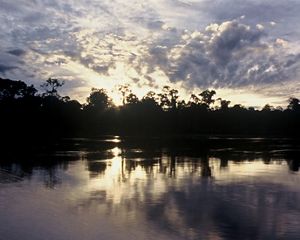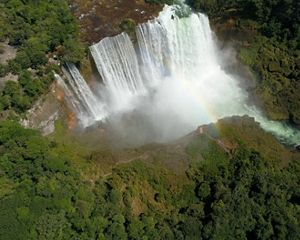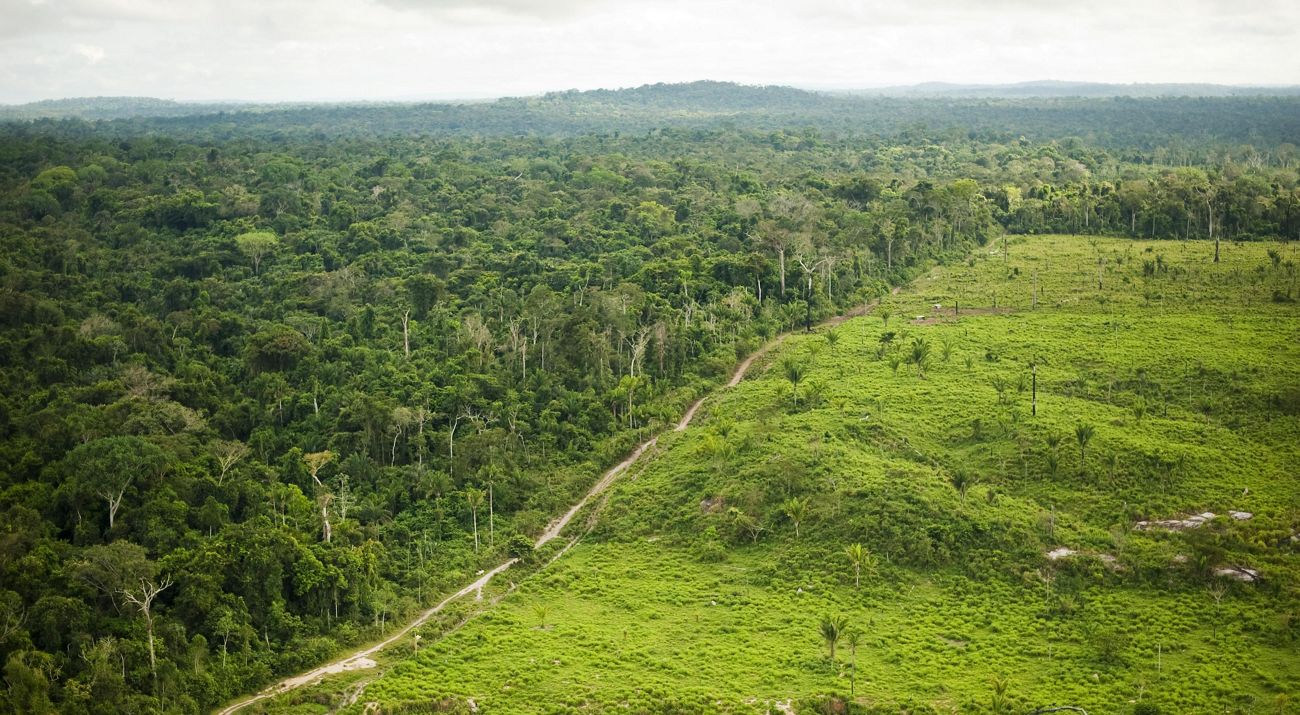
Striking a balance between economic output and environmental stewardship represents one of the greatest challenges for preserving the Amazon. By implementing smart public policies, the Brazilian state of Pará can play a vital role in addressing the challenge and serve as a model for the rest of the continent.
Pará is a crucial place to find and test solutions and alternatives to protect the Amazon from deforestation. In northern Brazil, implementing public policy is an imperative.
Pará stretches over some 1,245,871 square kilometers and boasts a population of about 8 million people. It is home to 9 percent of the world's rainforests and, in turn, has accounted for 40 percent of deforestation in the Brazilian Amazon since 2001, according to a report published in 2018 by The Nature Conservancy (TNC).

"There's value in understanding it as an acupuncture point, a nerve center, because the state of Pará is facing the most deforestation in the Brazilian Amazon. Thus, if you had to choose only one place to combat deforestation, Pará would be it," says Karen Oliveira, TNC public affairs manager.
In fact, if deforestation is tackled successfully in Pará—the state lost about 10 percent of some 12 million hectares of its forests between 1975 and 2015—a third of the goal to preserve the Brazilian Amazon would be complete. Forty percent of the world's remaining rainforests are in Brazil.
Public policy can play a part in solving the problem to the extent that policies ensure compliance with environmental laws and contribute to sustainable economic development for the benefit of local communities and offer them stability.
Quote: Karen Oliveira
If you had to choose only one place to combat deforestation, Pará would be it.
In the case of Pará, public policies conceived and implemented to combat deforestation can be categorized into two groups.
The first group includes those oriented towards the so-called "Command and Control," which allows for the registration and legalization of landholdings in the region, and better monitoring of deforestation and associated activities, such as the conversion of forests to pasture for livestock.
To give an example, thanks to livestock traceability, partnerships with companies in the sector can be strengthened to promote sustainable supply chains and prohibit purchases from producers linked to deforestation.
However, the hope is to go even further. Pará’s Governor, Helder Barbalho, points to a greater challenge: a cultural shift. Change the land use dynamics of the region, from the one previously driven by the Brazilian government in the 1970s to a new approach, one that fosters national integration.
"For access to bank credit, certain hectares had to be deforested. We have to reverse that and show that it is possible to reconcile agricultural production and rural vocations in our region with the forest that is still standing," he says.
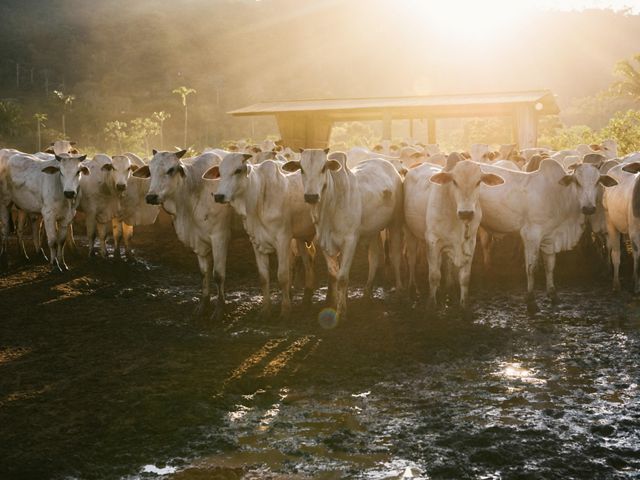
This cultural change, according to Governor Barbalho, requires more than just command, oversight, and control. "We need a range of options to show a farmer that he can switch from a broad-based production approach and deforesting the land, to an intensive, more profitable model. At the same time, we need to ensure that the remaining forest becomes an integral part of the economy, so that it is seen as an asset for rural producers," he adds.
Command and control should not mean that local communities are forgotten. "Solutions must be devised in a way that enforcement leads not to the exclusion of small farmers or exacerbate local communities' economies by rendering them more vulnerable," says Teresa Moreira, an environmental governance specialist with TNC.
Quote: Teresa Moreira
Solutions must be devised in a way that enforcement doesn’t lead to the exclusion of small farmers or harm local communities' economies.
The second group of public policies center on the "standing forest" concept, or floresta em pé as it's called in Portuguese, used by Barbalho and TNC experts. The goal is to establish incentives to create sustainable production models that derive value from protecting and sustainably using the forest.
For instance, livestock production models in which output is maximized create less need to clear as many hectares to raise livestock. Another example is so-called agroforestry models, centered on growing high-demand, high-value crops such as cacao or açaí, which, in turn, serve to restore degraded areas.
The public policy concept has been embodied in programs such as the Plano Estadual Amazônia Agora (Amazon Now State Plan), which primarily aims to increase land use efficiency, encourage rural property registration, address deforestation and forest fires, raise investor funds for sustainable activities, and create incentives to reduce greenhouse gas emissions.
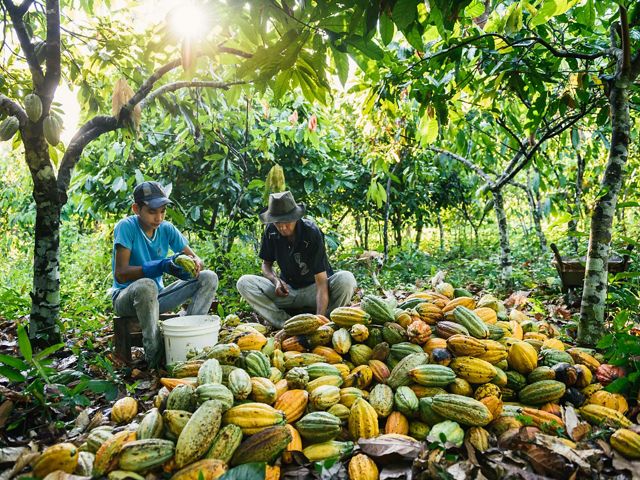
The plan opts for more efficient agricultural production that does not include newly cleared forested areas. By 2030, 5.6 million hectares of the state's forest cover is projected to be restored. The program will also line up with the UN's Sustainable Development Goals (SDGs).
"Our forest is the greatest asset we have, together with our community. And TNC has been a particularly important ally. Setting up government initiatives such as the Amazônia Agora program is the fruit of this partnership," points out Governor Barbalho.
"We have long operated under the banner of building connections and bringing all actors to the table," says Rodrigo Spuri, who highlights the need for synergies among these actors—government, private sector, communities—to achieve a common goal.
Quote: Helder Barbalho
Our forest is the greatest asset we have, together with our community
For now, the focus is on hotspots, or, to continue the metaphor, the acupuncture points. "Prioritization drives us to faster results, which in turn leads to more strength, more energy, and more resources," assures Spuri.
Success in Pará is key, moreover, to the extent that it can serve as a benchmark for other Brazilian states and even other Amazon Basin countries like Colombia, which has its own hotspots. For example, the department of Caquetá in 2018 suffered the most deforestation with 46,765 hectares lost.
"We are the embodiment of the Amazon. We have plenty of jungle, traditional communities, indigenous or quilombolas (communities of African descent), and rural vocations. A solution for Pará could and should be replicated elsewhere, while taking into consideration the unique characteristics of each region," concludes Governor Barbalho.
Originally published at Semina Sostenible
November 10, 2020
View Original
Global Insights
Check out our latest thinking and real-world solutions to some of the most complex challenges facing people and the planet today.

